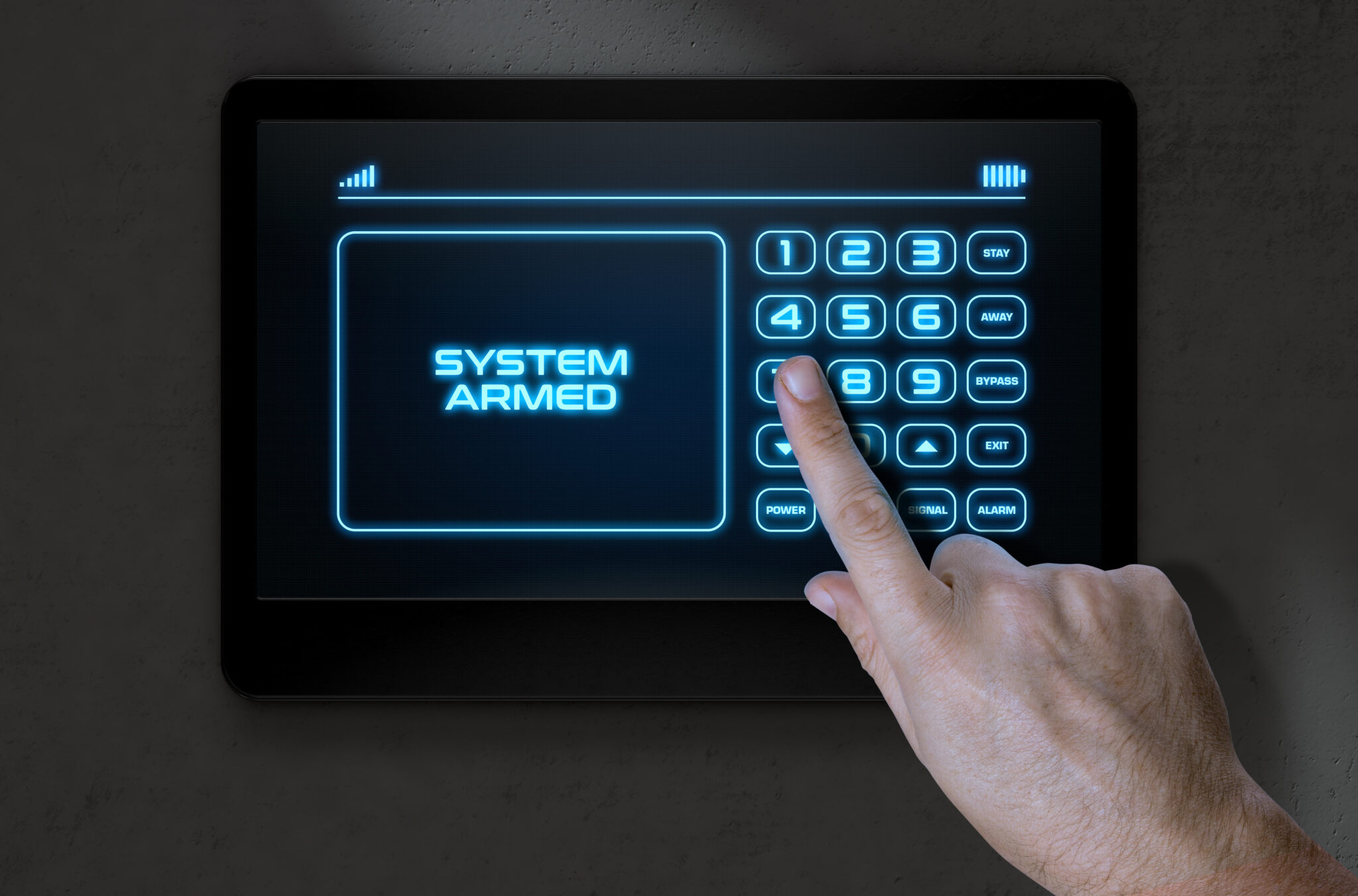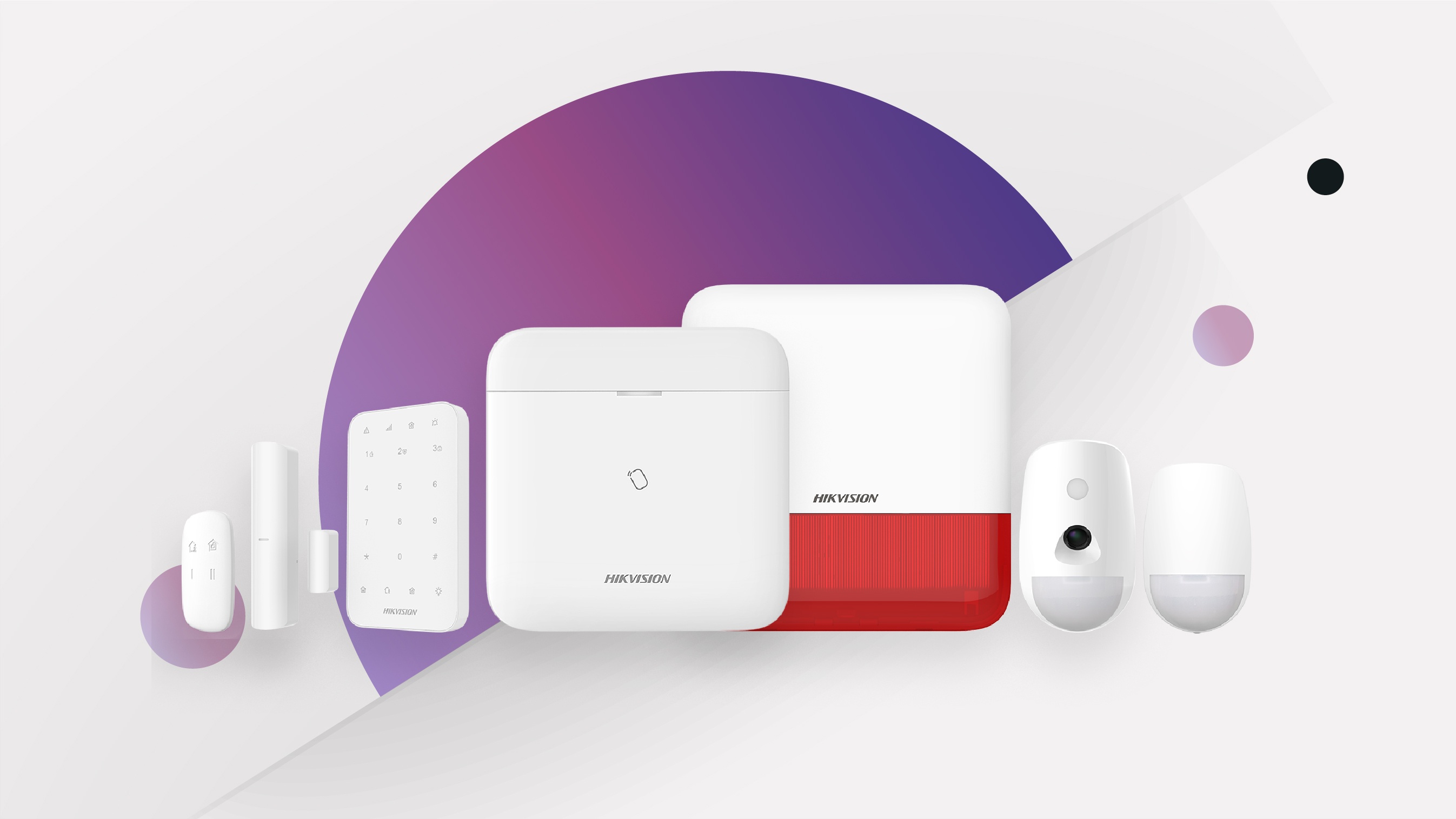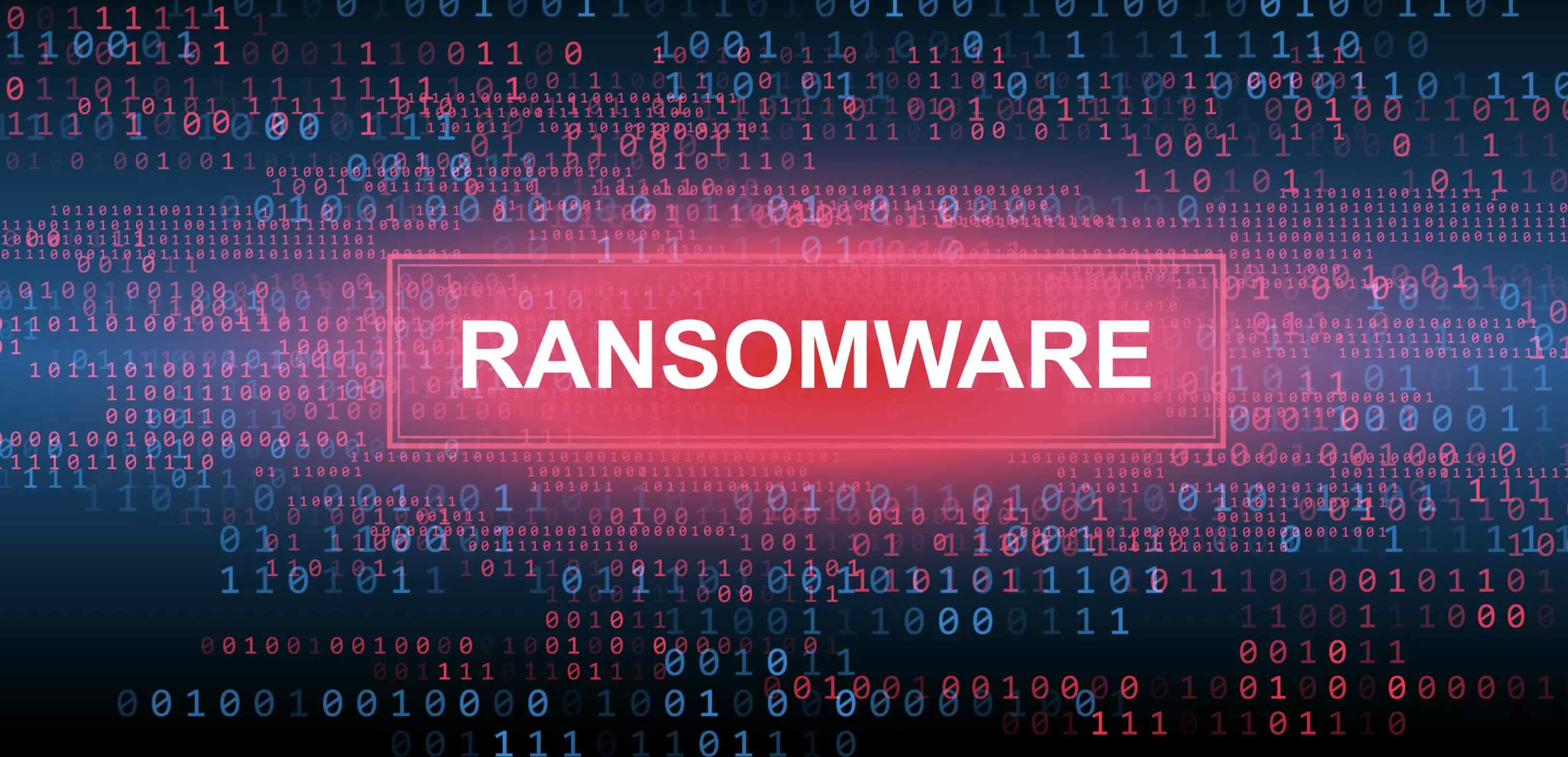Home>Home Security and Surveillance>What Can Snort Intrusion Detection Do


Home Security and Surveillance
What Can Snort Intrusion Detection Do
Modified: March 6, 2024
Find out how Snort intrusion detection can enhance your home security and surveillance. Protect your property with this powerful tool.
(Many of the links in this article redirect to a specific reviewed product. Your purchase of these products through affiliate links helps to generate commission for Storables.com, at no extra cost. Learn more)
Introduction
Welcome to the world of home security and surveillance! In today’s technologically advanced age, ensuring the safety of our homes and loved ones is of utmost importance. With the rise in burglaries, break-ins, and other security threats, it has become crucial to invest in reliable and effective security systems. This is where home security and surveillance solutions come into play.
Home security and surveillance systems provide homeowners with the peace of mind they deserve, allowing them to monitor their property 24/7, deter potential intruders, and quickly respond to any security breaches. One of the key components of a robust home security system is an intrusion detection system, and Snort is a highly popular and powerful option available in the market.
In this comprehensive article, we will dive deep into the world of Snort Intrusion Detection. From an overview of its features to the installation and configuration process, we will cover everything you need to know to maximize the effectiveness of Snort IDS in your home security setup.
So, let’s get started and explore the incredible capabilities of Snort Intrusion Detection!
Key Takeaways:
- Snort Intrusion Detection is a powerful system that protects homes by analyzing network traffic and detecting potential security threats. It offers flexible deployment options and customizable rules for effective home security.
- Snort IDS provides robust logging and alerting features, ensuring that homeowners stay informed about potential security events. Its stream reassembly capability enhances detection accuracy, making it a valuable asset for home network protection.
Overview of Snort Intrusion Detection
Snort Intrusion Detection is an open-source network intrusion detection system (IDS) that is highly renowned for its efficiency and effectiveness. Developed by Martin Roesch in 1998, Snort IDS has since gained a strong reputation in the cybersecurity industry. Its ability to detect and prevent a wide range of network-based attacks has made it a popular choice for both small-scale home networks and large enterprise environments.
At its core, Snort IDS operates by analyzing network traffic in real-time and comparing it against a set of predefined rules or signatures. These rules are designed to detect various types of malicious activities, including network scanning, port scanning, denial-of-service (DoS) attacks, and intrusion attempts. When Snort detects a suspicious activity that matches any of the defined rules, it generates an alert to notify the system administrator or security personnel.
One of the key strengths of Snort IDS lies in its ability to perform deep packet inspection (DPI). This means that Snort goes beyond simply inspecting the headers of network packets and looks into the payload and other important details. This level of analysis allows Snort to detect complex attacks and identify advanced hacking techniques that may be hidden within the network traffic. Additionally, Snort IDS is known for its ability to handle large traffic volumes while maintaining a low false positive rate, ensuring that legitimate network activity is not mistaken for an attack.
Furthermore, Snort IDS offers flexibility in terms of deployment options. It can be deployed as a standalone system on a dedicated hardware appliance, or it can be installed on a virtual machine or a software-based server. This flexibility allows users to choose the deployment method that best suits their needs and resources.
Snort IDS is also highly extensible, providing users with the ability to create custom rules and signatures to detect specific threats that may be relevant to their network environment. Additionally, Snort supports various output formats, including the ability to log alerts and events to both local and remote systems, making it easy to integrate with other security tools and management systems.
In the next sections of this article, we will delve deeper into the features of Snort Intrusion Detection, the installation and setup process, and how to configure Snort rules to enhance its detection capabilities.
Features of Snort Intrusion Detection
Snort Intrusion Detection comes equipped with a plethora of powerful features that make it an excellent choice for securing your home network. Let’s take a closer look at some of the key features offered by Snort IDS:
- Signature-based detection: Snort IDS uses a signature-based approach to detect known threats. It compares network traffic against a vast database of pre-defined signatures or rules. This enables Snort to quickly identify and respond to known attacks.
- Protocol analysis: Snort not only examines the network traffic at the packet level but also performs in-depth protocol analysis. It can decode and analyze various network protocols, such as HTTP, FTP, SMTP, and more. This allows Snort to detect network-based attacks targeting specific protocols.
- Anomaly detection: In addition to signature-based detection, Snort IDS can also detect anomalies in network traffic. It establishes a baseline of normal behavior and flags any deviations from that baseline as suspicious. This helps in identifying zero-day attacks or novel threats that may not have a specific signature yet.
- Flexible rule-based configuration: Snort allows users to configure and customize rules based on their specific security requirements. Users can create their own rules or modify existing rules to adapt to their network environment. This flexibility enables Snort to detect and alert on specific threats that are more relevant to the user’s setup.
- Logging and alerting: When Snort detects an intrusion attempt or suspicious activity, it generates alerts to notify the system administrator or security personnel. These alerts can be logged and sent via different channels, such as email, syslog, or through a security information and event management (SIEM) system. Snort also provides detailed logging capabilities for further analysis and forensic investigation.
- Packet capturing and inspection: Snort IDS can capture and inspect network packets in real-time. It can analyze and extract information from packet payloads, headers, and even application-layer data. This deep packet inspection helps Snort to identify complex attacks and extract relevant information for analysis.
- Integration and extensibility: Snort can be seamlessly integrated with other security tools and management systems. It supports a wide range of output formats, making it compatible with SIEM solutions, threat intelligence platforms, and other security infrastructure components. Snort also allows users to extend its functionality by writing custom plugins and preprocessors to meet specific requirements.
These features make Snort Intrusion Detection a robust and versatile solution for protecting your home network against a variety of security threats. In the next section, we will explore the installation and setup process of Snort IDS to get you started on your home security journey.
Installation and Setup of Snort Intrusion Detection
Installing and setting up Snort Intrusion Detection is a relatively straightforward process. Here are the steps you need to follow to get Snort up and running on your home network:
- Choose your operating system: Snort IDS can be installed on various operating systems, including Linux, Windows, and macOS. Select the operating system that is compatible with your hardware and meets your preferences.
- Obtain Snort: Download the latest stable version of Snort IDS from the official Snort website (https://www.snort.org/).
- Install dependencies: Before installing Snort, make sure you have all the necessary dependencies installed. These may include libraries, tools, and packages required by Snort to run smoothly.
- Configure Snort: Create a configuration file for Snort, which will define various settings, such as network interfaces to monitor, logging options, and rulesets to use. This file is typically named “snort.conf” and is located in the Snort installation directory.
- Download rulesets: Snort relies on rulesets to detect network-based attacks. You can obtain pre-defined rulesets from reputable sources, such as the Snort community rules or commercial providers. Download and update the rulesets to ensure Snort has the latest detection capabilities.
- Start Snort: Once you have configured Snort and updated the rulesets, you can start the Snort IDS process. This will initiate the monitoring of network traffic and the detection of any intrusions or suspicious activities.
- Monitor alerts: As Snort IDS runs, it will generate alerts whenever it detects suspicious network activity. Monitor the alerts and investigate any potential threats that are flagged. You can configure Snort to send alerts to your preferred logging and alerting mechanisms.
- Update and maintain Snort: To ensure the continued effectiveness of Snort IDS, regularly update the Snort software, rulesets, and dependencies. Stay informed about the latest security threats to adjust your rules and configurations accordingly.
Keep in mind that the installation and setup process may vary slightly depending on the operating system you choose and your specific network environment. It is recommended to refer to the official Snort documentation and guides for detailed instructions relevant to your setup.
Now that you have Snort Intrusion Detection installed and configured, in the next section, we will delve into the process of configuring Snort rules to enhance its detection capabilities specifically for your home security needs.
Configuring Snort Rules
Configuring Snort rules is a critical step in maximizing the detection capabilities of Snort IDS for your home security setup. Here are some steps to help you configure Snort rules effectively:
- Familiarize yourself with Snort rule syntax: Snort rules use a specific syntax to define what kind of traffic to monitor and what actions to take when a match is found. It’s important to understand the structure and components of Snort rules before you start configuring them.
- Start with default rules: Snort comes with a set of default rules that provide basic coverage for various types of attacks. It’s recommended to start with these default rules and gradually customize and add additional rules based on your specific security needs.
- Enable/disable rules: Review the default rules and decide which ones are relevant to your home network. Enable the rules that align with your security requirements and disable the ones that may not be applicable or necessary. This helps to reduce false positives and improve performance.
- Create custom rules: Snort allows you to create custom rules to address specific threats or vulnerabilities unique to your network environment. You can define rules to detect suspicious activities, such as brute force attacks, port scans, or unusual traffic patterns. Ensure that these rules are carefully crafted to minimize false positives.
- Update rules regularly: It’s crucial to keep your Snort rules up to date. New threats emerge constantly, and updated rules provide improved detection capabilities. Regularly check for rule updates from reputable sources and apply them to ensure your Snort IDS remains effective against the latest security threats.
- Test and fine-tune: After configuring or updating rules, it’s important to test and fine-tune them. Monitor the alerts generated by Snort and evaluate their accuracy. Adjust the rules as necessary to prevent false positives and improve the detection accuracy.
- Consider rule management tools: As the number of rules grows, managing them manually becomes challenging. Consider utilizing rule management tools that provide a centralized interface for rule creation, modification, and organization. These tools can simplify the rule configuration process and enhance manageability.
Remember that rule configuration is an iterative process. It requires ongoing monitoring and adjustment to ensure optimal performance and accurate detection. Regularly review and update your Snort rules to adapt to changing threats and network environments.
In the next sections, we will explore other aspects of Snort Intrusion Detection, including its various modes of operation, logging capabilities, performance tuning options, and common troubleshooting tips.
Read more: What Is Wireless Intrusion Detection
Snort IDS Modes of Operation
Snort IDS offers multiple modes of operation to cater to different network environments and security requirements. Understanding these modes will help you choose the most suitable configuration for your home security setup. Let’s explore the different modes of operation:
- Sniffer Mode: In Sniffer mode, Snort functions as a passive network sniffer. It captures and analyzes network packets without actively blocking or alerting on any malicious activity. This mode is useful for monitoring and analyzing network traffic for troubleshooting or performance optimization purposes, without actively enforcing security measures.
- Packet Logger Mode: In Packet Logger mode, Snort captures and logs network packets to a file for later analysis. It does not actively analyze or generate alerts. This mode is ideal for capturing network traffic for forensic analysis, historical investigation, or compliance purposes.
- Inline Mode: Inline mode, also known as Intrusion Prevention System (IPS) mode, is the most proactive mode of operation. In this mode, Snort sits in the network traffic path and actively inspects all packets. It analyzes the traffic in real-time, detects malicious activity, and can block or drop packets that match the defined rules. This mode offers active protection against network-based attacks, but it requires careful configuration to avoid interfering with legitimate network traffic.
- Network Intrusion Detection System (NIDS) Mode: NIDS mode is the default mode for Snort IDS. In this mode, Snort operates as a network-based intrusion detection system. It analyzes network packets, matches them against defined rules, and generates alerts for suspicious activities. NIDS mode is typically used in scenarios where dedicated hardware or virtual appliances are deployed to monitor network traffic in a non-inline manner.
- Application Layer Gateway (ALG) Mode: ALG mode is a specialized mode that focuses on specific application protocols, such as FTP, HTTP, or SMTP. Snort in ALG mode acts as a proxy or gateway between the client and the server for these protocols. It performs deep inspection and analysis of application-layer traffic to identify and prevent attacks or policy violations specifically targeting these protocols.
When configuring Snort IDS for your home security, consider your specific requirements and network environment. If you want a passive monitoring solution, Sniffer or Packet Logger mode may be sufficient. However, if you need active intrusion prevention capabilities, Inline or NIDS mode is recommended.
Now that you have an understanding of the different modes of operation, in the next section, we will explore the logging and alerting features of Snort IDS to help you effectively monitor and respond to potential security threats on your home network.
Regularly update the rules and signatures in Snort to ensure it can effectively detect and prevent the latest security threats.
Snort Logging and Alerting
Snort IDS provides robust logging and alerting capabilities to ensure that you stay informed about potential security events on your home network. Let’s explore the logging and alerting features offered by Snort:
Logging: Snort IDS can log various types of information related to network traffic and detected events. This includes packet headers, packet payloads, protocol-specific details, and more. Logging allows for detailed analysis, forensic investigation, and compliance requirements. Snort supports multiple logging methods, such as logging to local files, remote syslog servers, or databases.
Alerting: Snort IDS generates alerts when it detects suspicious activities based on the defined rulesets. These alerts are generated in real-time and provide information about the type of attack, source and destination IP addresses, timestamps, and more. Snort can send alerts via different channels such as email notifications, SNMP traps, or by integrating with a Security Information and Event Management (SIEM) system. Alerts can be customized to meet specific requirements, including suppression or escalation based on severity levels.
Rule-based alerts: Snort allows for customized rule-based alerts, giving you control over which events trigger an alert. You can define rules to generate alerts for specific types of attacks, specific source or destination IP addresses, or any other criteria that aligns with your security policies. This flexibility ensures that you receive alerts only for the events that are relevant to your home network environment.
Thresholding: Snort IDS supports thresholding, which enables you to control the rate and frequency of alerts. Thresholding prevents overwhelming alert floods by setting rules to trigger alerts only after a certain number of occurrences within a specific time period. This helps filter out noise and focus on critical events.
Integrations: Snort can integrate with external tools and systems to enhance the logging and alerting capabilities. Integration with SIEM systems, such as Splunk or ELK Stack, allows for centralized log management, correlation, and advanced analysis. Additionally, integrating with threat intelligence platforms enables real-time enrichment of alerts with additional context from external sources.
Effective logging and alerting with Snort IDS enable you to proactively respond to potential security threats on your home network. By monitoring and analyzing the generated alerts and logs, you can quickly identify and mitigate any security incidents or take necessary actions to strengthen your network defenses.
In the next section, we will explore Snort’s stream reassembly capabilities, which can help detect attacks that span multiple network packets.
Snort Stream Reassembly
Snort IDS offers powerful stream reassembly capabilities, allowing it to detect and analyze network attacks that span across multiple network packets. Let’s explore the concept of stream reassembly and its benefits in enhancing the effectiveness of Snort IDS:
In network communications, data is often divided into smaller units known as packets. However, some attacks or malicious activities may be fragmented and distributed across multiple packets to evade detection. This is where stream reassembly comes into play.
Stream reassembly: Snort IDS performs stream reassembly by reconstructing fragmented data streams from individual network packets. It intelligently analyzes the relationship between packets and merges them to recreate the original data stream. This process allows Snort to examine the complete payload and perform more accurate detection and analysis of attacks or suspicious activities that span multiple packets.
Stream reassembly enables Snort IDS to overcome limitations related to network packet fragmentation and provides deeper visibility into network traffic. It enables the detection of complex attacks that may otherwise go unnoticed if restricted to individual packets. By reconstructing streams, Snort can analyze advanced evasion techniques, identify attack patterns, and detect new or unknown threats that utilize packet fragmentation as a means to bypass traditional detection mechanisms.
In addition to improving detection accuracy, stream reassembly also enables Snort to extract more contextual information from network traffic. By analyzing the complete data stream, Snort can extract valuable metadata, such as transaction details, user agents, file types, or application-layer protocols. This information can be used for further analysis, forensic investigation, or to enhance threat intelligence capabilities.
It is important to note that stream reassembly adds a level of complexity to the processing of network traffic. It requires additional computational resources and may impact performance, especially in high-traffic environments. Proper configuration and tuning, along with hardware scalability considerations, are necessary to ensure optimal performance while leveraging stream reassembly capabilities.
By leveraging the stream reassembly capabilities of Snort IDS, you can enhance your home network’s security by detecting and mitigating advanced attacks that employ packet fragmentation techniques. This ensures that your network remains protected against increasingly sophisticated threat actors.
In the next section, we will explore performance tuning options for Snort IDS to help optimize its detection capabilities without sacrificing performance.
Performance Tuning for Snort Intrusion Detection
Performance tuning plays a crucial role in optimizing the detection capabilities and overall efficiency of Snort IDS. By fine-tuning Snort, you can ensure that it operates effectively on your home network without negatively impacting performance. Here are some performance tuning options to consider:
Hardware considerations: The hardware on which Snort is deployed can significantly impact its performance. Ensure that the hardware meets the recommended specifications for Snort IDS. Consider factors such as CPU power, memory (RAM), network interface cards (NICs), and disk space. Upgrading hardware components, such as using high-speed network cards or solid-state drives (SSDs), can improve Snort’s processing capabilities and reduce bottlenecks.
Rule optimization: Snort IDS relies on rules to detect and analyze network traffic. However, a large number of rules can impact performance. Review the rule set and eliminate any redundant or outdated rules that are no longer relevant. Regularly update the rules to ensure you have the latest detection capabilities while keeping the rule set lean and efficient.
Tuning rule thresholds: Snort allows you to set thresholds for specific rules. Thresholding controls the rate at which alerts are generated by limiting the number of occurrences within a specific time period. Fine-tuning threshold values helps reduce false positives and prevents alert floods, optimizing the performance of Snort IDS.
Preprocessors and performance settings: Snort provides various preprocessors, such as HTTP normalization and IP defragmentation, to enhance detection and performance. Configure and enable the preprocessors that are relevant to your network environment. Additionally, adjust performance settings, such as buffer sizes and memory allocation, to optimize resource usage and minimize latency.
Logging and output configuration: Configuring logging and output options can have a significant impact on Snort’s performance. Choose the appropriate logs and outputs based on your needs, taking into account factors such as log file size, log rotation, and destination configurations. Consider using parallel logging mechanisms or distributed logging setups to distribute the processing load and enhance performance.
Parallel processing and multi-threading: Snort IDS can take advantage of multi-threading capabilities to improve performance. Configure Snort to utilize multiple threads when processing network traffic, if supported by your hardware and operating system. Additionally, consider utilizing parallel processing technologies and distributed setups to distribute the processing load across multiple instances or systems.
Network traffic monitoring and load balancing: Distribute the network traffic across multiple network interface cards or systems to balance the processing load. This helps prevent bottlenecks and ensures efficient utilization of resources. Load balancing techniques, such as round-robin or session-aware load balancing, can help evenly distribute traffic and improve overall performance.
Remember that performance tuning is an iterative process that requires ongoing monitoring and adjustment. Regularly assess the performance of Snort IDS, monitor system resources, and fine-tune configurations as needed to maintain optimal performance while maximizing the detection capabilities of your home security setup.
In the next section, we will explore common challenges and provide troubleshooting tips to help you overcome potential issues with Snort IDS.
Common Challenges and Troubleshooting Tips with Snort IDS
While Snort IDS is a powerful and reliable intrusion detection system, users may encounter certain challenges or issues during its deployment and operation. Here are some common challenges and troubleshooting tips to help you overcome them:
False positives: False positives occur when Snort generates alerts for legitimate network traffic or benign activities. To address this, review your rule set and fine-tune the rules to reduce false positives. Consider adjusting rule thresholds, eliminating overly generic rules, or creating specific rules to avoid false positives for known network patterns.
False negatives: False negatives occur when Snort fails to detect actual attacks or malicious activities. To mitigate this, ensure that Snort is running with up-to-date rulesets that cover the latest threats. Regularly test and validate Snort’s effectiveness by simulating known attacks or by utilizing penetration testing techniques.
Rule conflicts: Rule conflicts may arise when different rules contradict each other, leading to unpredictable behavior or missed detections. Regularly review and test your rule set to identify any conflicting rules. Adjust the rules accordingly, and prioritize specific rules to ensure they are given higher precedence over conflicting ones.
Performance issues: Snort’s performance can be impacted by various factors, such as hardware limitations, excessive rule sets, or inefficient configurations. Optimize Snort’s performance by upgrading hardware components, assessing and optimizing rule sets, adjusting buffer sizes and memory allocation, utilizing multi-threading capabilities, and implementing load balancing techniques.
Network connectivity: Ensure that Snort is properly configured to monitor the correct network interfaces and that network connectivity between Snort and the monitored network is established. Verify network topology, firewall rules, and any network security appliances that could interfere with Snort’s monitoring capabilities.
Corrupted or missing logs: In case of log corruption or missing logs, investigate potential issues related to disk space, file system permissions, or log rotation configurations. Verify that the log directories and files are accessible and have proper write permissions. Regularly check log files for any corruption or inconsistencies.
Rule syntax errors: Misconfigured or incorrect rule syntax can lead to operational issues. Review rule syntax for any obvious errors, typos, or missing elements. Validate your rules using Snort’s built-in rule check command or online rule syntax validators. Additionally, refer to Snort documentation and user forums for rule syntax best practices and examples.
Software updates and compatibility: Regularly update Snort to benefit from bug fixes, performance improvements, and new features. However, ensure that the updated Snort version is compatible with your hardware, operating system, and other components of your security infrastructure. Test updates in a controlled environment before deploying them in production.
In the face of any challenges encountered with Snort IDS, consulting the official Snort documentation, user forums, or seeking assistance from the Snort community can provide valuable insights and solutions to address specific issues.
By being aware of these common challenges and armed with troubleshooting tips, you can optimize the performance and effectiveness of Snort IDS to better protect your home network and ensure a secure environment.
Now, let’s wrap up our article.
Conclusion
In today’s world, home security and surveillance have become paramount for ensuring the safety and well-being of our loved ones and our valuable belongings. Incorporating a reliable and efficient intrusion detection system into our home security setup is essential, and Snort IDS proves to be an excellent choice.
In this comprehensive article, we explored the world of Snort Intrusion Detection, starting with an overview of its features and capabilities. Snort IDS offers signature-based and anomaly-based detection, protocol analysis, and the ability to perform deep packet inspection. Its flexibility, extensibility, and various deployment options make it a versatile solution for securing home networks.
We then delved into the installation and setup process of Snort IDS, guiding you through the necessary steps to get it up and running on your home network. We explored the importance of configuring Snort rules and provided insights into fine-tuning Snort for optimal performance while balancing resource usage.
Additionally, we discussed Snort’s modes of operation, including Sniffer, Packet Logger, Inline, NIDS, and ALG modes. Understanding these modes enables you to choose the appropriate configuration to suit your specific network environment and security needs.
We explored the logging and alerting capabilities of Snort IDS, emphasizing the importance of comprehensive logging and effective alerting to keep you informed about potential security threats. Stream reassembly, a powerful feature of Snort IDS, was also highlighted, enabling it to detect attacks that span across multiple network packets.
To ensure Snort IDS operates optimally, we discussed various performance tuning options, including hardware considerations, rule optimization, preprocessors, and load balancing techniques. We also addressed common challenges that may arise when using Snort IDS and provided troubleshooting tips to overcome these issues.
In conclusion, Snort IDS is a powerful, open-source intrusion detection system that offers robust security technologies and features. By leveraging the capabilities of Snort IDS and following best practices, you can enhance the security of your home network, detect and prevent potential attacks, and gain peace of mind knowing that your loved ones and assets are protected.
Remember to stay up to date with the latest security threats, regularly update and maintain Snort IDS, and adapt your rules and configurations as necessary. Take advantage of the active support and vibrant community around Snort IDS to continually enhance your home security setup.
With Snort IDS as your trusted security ally, you can confidently navigate the digital landscape and safeguard your home and loved ones from potential security risks.
Frequently Asked Questions about What Can Snort Intrusion Detection Do
Was this page helpful?
At Storables.com, we guarantee accurate and reliable information. Our content, validated by Expert Board Contributors, is crafted following stringent Editorial Policies. We're committed to providing you with well-researched, expert-backed insights for all your informational needs.













